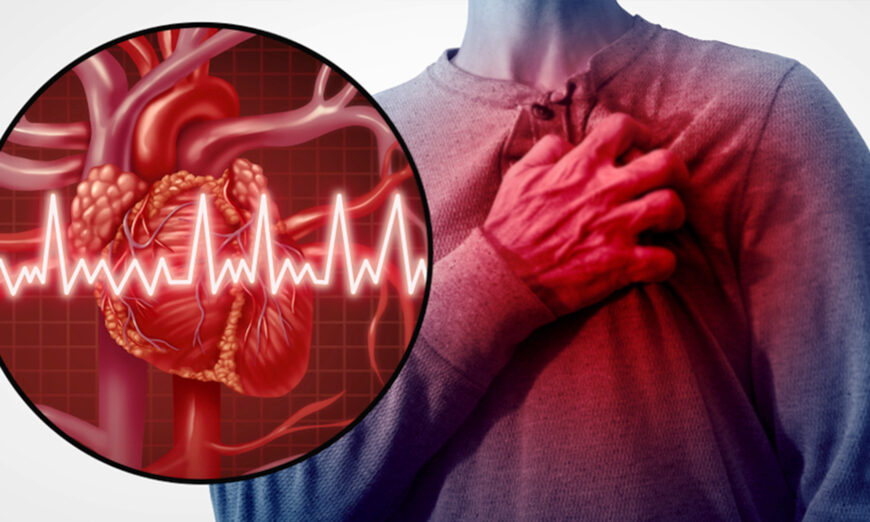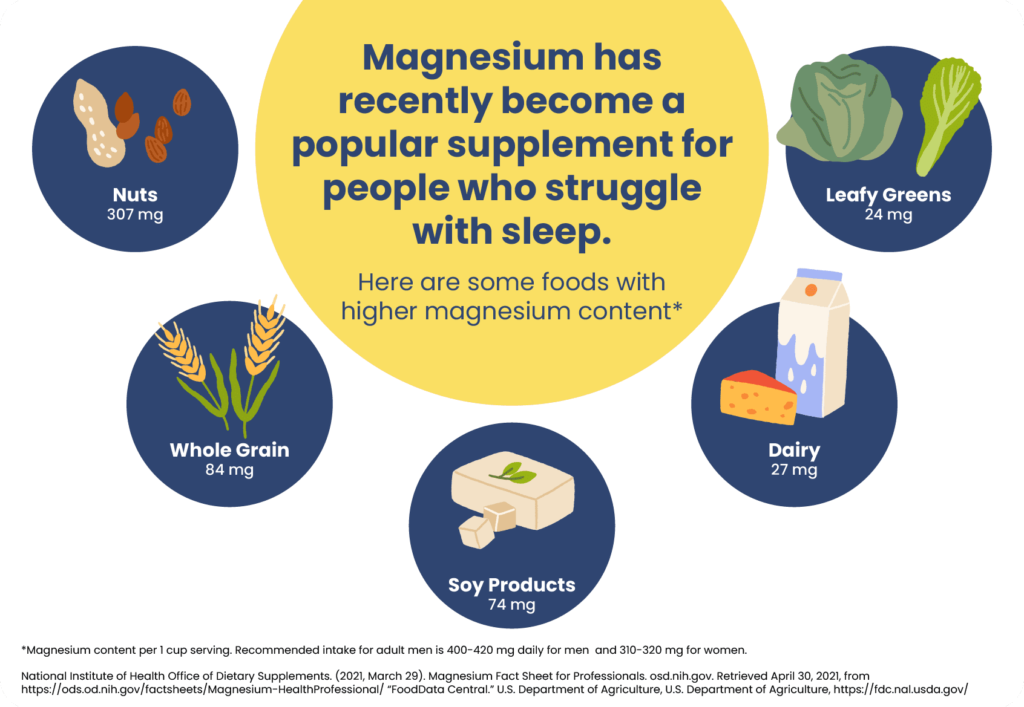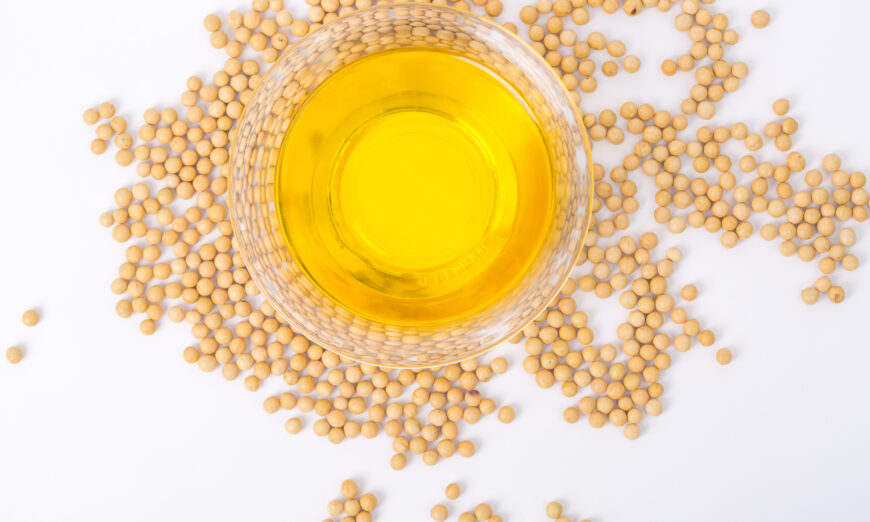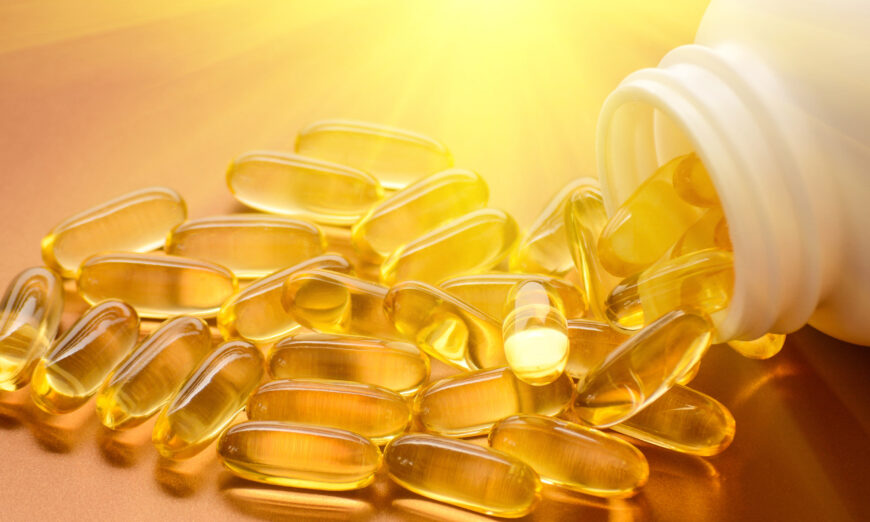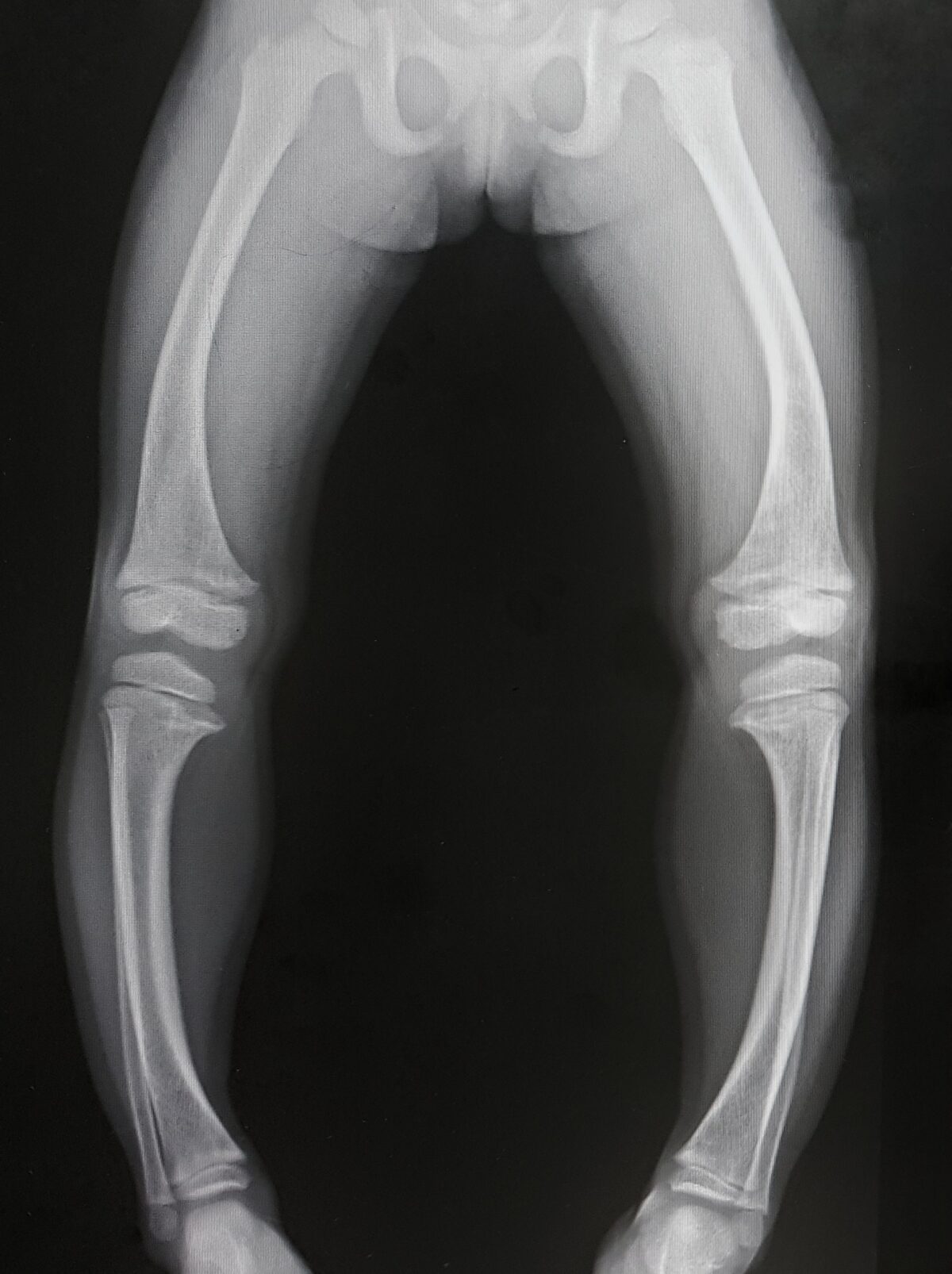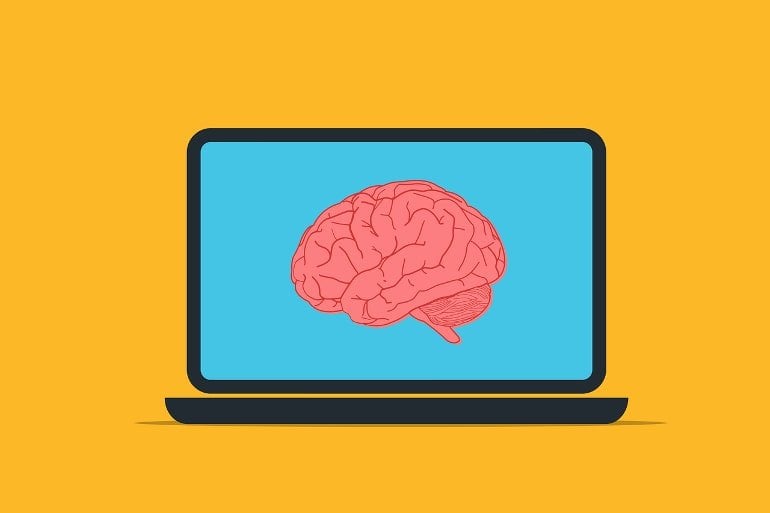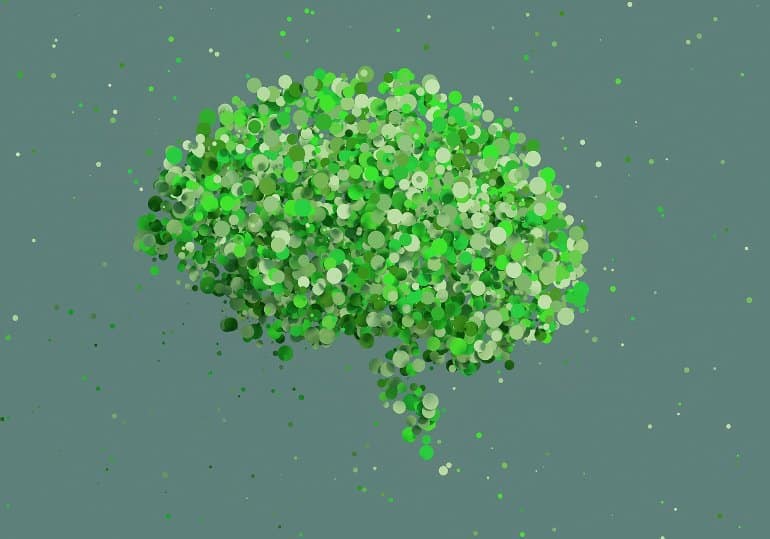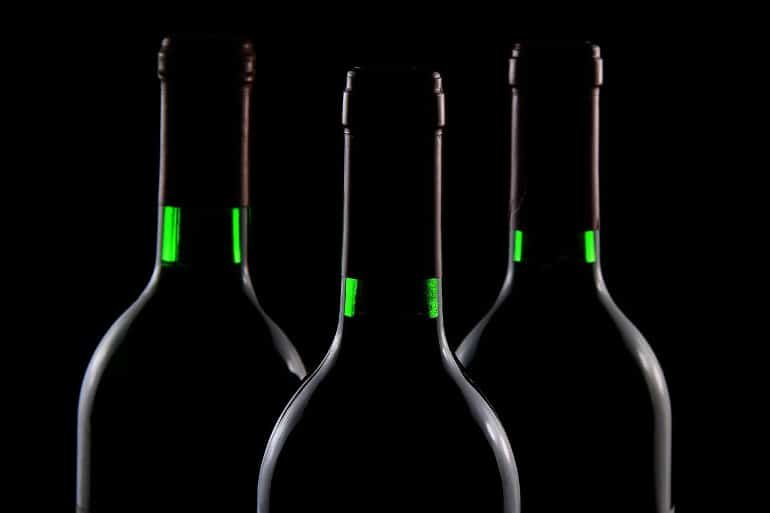Studies continue to show that taking doxycycline after having unprotected sex can prevent STIs in transgender women and men who have sex with men. What has been unclear is whether it also works for cisgender women.
On Monday, researchers at the Conference on Retroviruses and Opportunistic Infections presented the first major evidence that it may not.

Specifically, a randomized trial conducted in Kenya found that an intervention of doxycycline postexposure prophylaxis — called doxy-PEP — did not significantly reduce STIs among cisgender women compared with testing and treatment alone, according to findings presented by Jenell Stewart, DO, MPH, an infectious diseases physician and researcher at Hennepin Healthcare in Minneapolis.
In a press conference, Stewart suggested three possible reasons that the study failed to show a significant benefit for doxy-PEP in cisgender women: “adherence, anatomy and resistance.”
According to Stewart and colleagues, the women in the study reported taking doxycycline “at least as many days they had sex” 78% of the time.
“They told us in weekly text message surveys that there was a high rate of adherence [to] doxycycline PEP, but they also told us that it was imperfect,” Stewart said.
It is unclear “the extent to which perfect adherence is needed to prevent STIs in the endocervix, or the opening of the uterus,” Stewart explained. She noted that the study did not uncover any drug-resistant chlamydia, but that every gonorrhea sample they tested displayed high levels of resistance to tetracycline, the class of antibiotics doxycycline belongs to.
The researchers enrolled nearly 450 women in the study and randomly assigned them in equal numbers to take either a single 200 mg dose of doxycycline within 72 hours of having unprotected sex or to receive standard of care, which included quarterly screening and treatment for STIs, but not doxy-PEP. More than one-third of the women reported transactional sex.
At follow-up, Stewart and colleagues diagnosed 50 STIs in the doxy-PEP arm and 59 STIs in the standard of care arm (RR = 0.88; 95% CI, 0.60-1.29). The results were similar when they analyzed each STI separately and grouped participants by age, contraceptive use, transactional sex, and whether they had an STI at baseline.
MSM, transgender women still benefit
In another randomized trial presented at the meeting, Jean-Michel Molina, MD, PhD, a professor of infectious diseases at the University of Paris, and colleagues found that MSM were 84% less likely to contract chlamydia or syphilis and about half as likely to contract gonorrhea if they received doxy-PEP within 3 days of having condomless sex, compared with study participants who did not.
The study, which enrolled more than 500 MSM who were already taking PrEP for HIV prevention and had at least one STI in the past year, was stopped early on the advice of a data and safety and monitoring board because of how effective the intervention was.
Molina and colleagues had previously shown that doxy-PEP halved the incidence of STIs among MSM who were being followed as part of another study on HIV PrEP.
In the new trial, Molina and colleagues also gave half of the participants the meningococcal B vaccine Bexsero (GSK) to test its effectiveness at preventing gonorrhea and found that it reduced the incidence of gonorrhea by around 50%.
In 2017, researchers in New Zealand were the first to report that a meningitis B vaccine might prevent gonorrhea, which has grown increasingly resistant to antibiotics in recent years. Bexsero’s potential as a gonorrhea vaccine is being tested in a $10 million NIH study at the University of Alabama at Birmingham.
For now, Molina said, a reduction in gonorrhea would be an “added benefit” of the vaccine. Asked whether the data from his study were enough to begin using the vaccine off-label for gonorrhea, he did not say yes or no.
“It would be nice to reduce the overall burden of gonorrhea infection [and to] confirm these data, but at this point, it would probably be an individual decision to see whether or not you get this vaccine,” Molina said. “What we don’t know is for how long you are going to be protected [and] whether or not you would need a booster injection.”
Modest effect on resistance
Last summer, after Annie F. Luetkemeyer, MD, professor of medicine at the University of California, San Francisco, presented findings at the International AIDS Conference showing that doxy-PEP reduced STIs by more than 60% among transgender women and MSM, the CDC released interim clinical “considerations” for using doxy-PEP as an STI prevention tool for transgender women and MSM — something the agency acknowledged some clinicians and patients were already doing — but it has not published detailed, formal guidance yet, nor has it addressed using doxy-PEP in other populations.
One of the outstanding questions was whether on-demand doxycycline use would promote resistance in STIs — especially gonorrhea — or other common bacteria found on humans, like Staphylococcus aureus.
On Monday, Luetkemeyer had an answer in the form of 12-month findings from the trial she presented last summer: The effect of doxy-PEP on resistance was modest, unlikely to be clinically relevant and must be considered in the context of how effective it was at reducing STIs in the study.
The findings did suggest, however, that doxy-PEP may be less effective at preventing infection with tetracycline-resistant gonorrhea.
“I don’t think this means that doxy-PEP drove tetracycline resistance” in the trial, Luetkemeyer said.
Most efficient strategy
In a fourth study presented Monday at CROI, Michael Traeger, PhD, MS, a research fellow at Harvard Medical School, and colleagues assessed 10 different strategies for prescribing doxy-PEP for STIs and found that the most efficient strategy was to prescribe it based on a patient’s STI history rather than their HIV status or use of PrEP.
The study enrolled more than 10,000 MSM, transgender women and non-binary people assigned male at birth between 2015 and 2020 who had taken at least two STI tests at an LGBTQ health clinic in Boston.
For each of the 10 potential prescribing strategies, Traeger and colleagues estimated the proportion of patients prescribed doxy-PEP, the number of STIs averted and the number of patients who would need to be treated each year to prevent one STI.
The researchers found that prescribing doxy-PEP to all patients prevented 70% of STIs but the number of patients who would need to be treated to prevent one infection was 3.7.
Prescribing it only after an STI diagnosis reduced the proportion of patients receiving the antibiotic from 100% to 41% and prevented 42% of STIs, but the most efficient strategy was prescribing it only to patients with at least two concurrent STIs. Only 1.2 patients would need to be treated to prevent one infection using this strategy, according to Traeger and colleagues.
Providing an outside perspective, CROI vice chair Landon Myer, MD, head of the school of public health and family medicine at the University of Cape Town in South Africa, said doxy-PEP “really has the potential to change public health practice in the immediate future.”
“It’s not for everyone,” Luetkemeyer added, noting that the results of the Kenya study mean there is no intervention for cisgender women yet. “I would say the place to start is people who have really demonstrated an increased risk” — including MSM with a recent STI who are engaging in condomless sex, and people with recurrent STIs.
“That’s the population you really want to focus on. I don’t think this needs to be for all MSM, nor would all MSM want to take it. You really want to focus on past STIs or risk factors for multiple STIs,” she said. “If someone has multiple partners and condomless sex, it would be a discussion I would have with them.”
